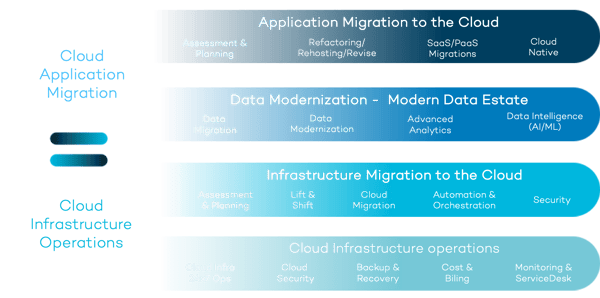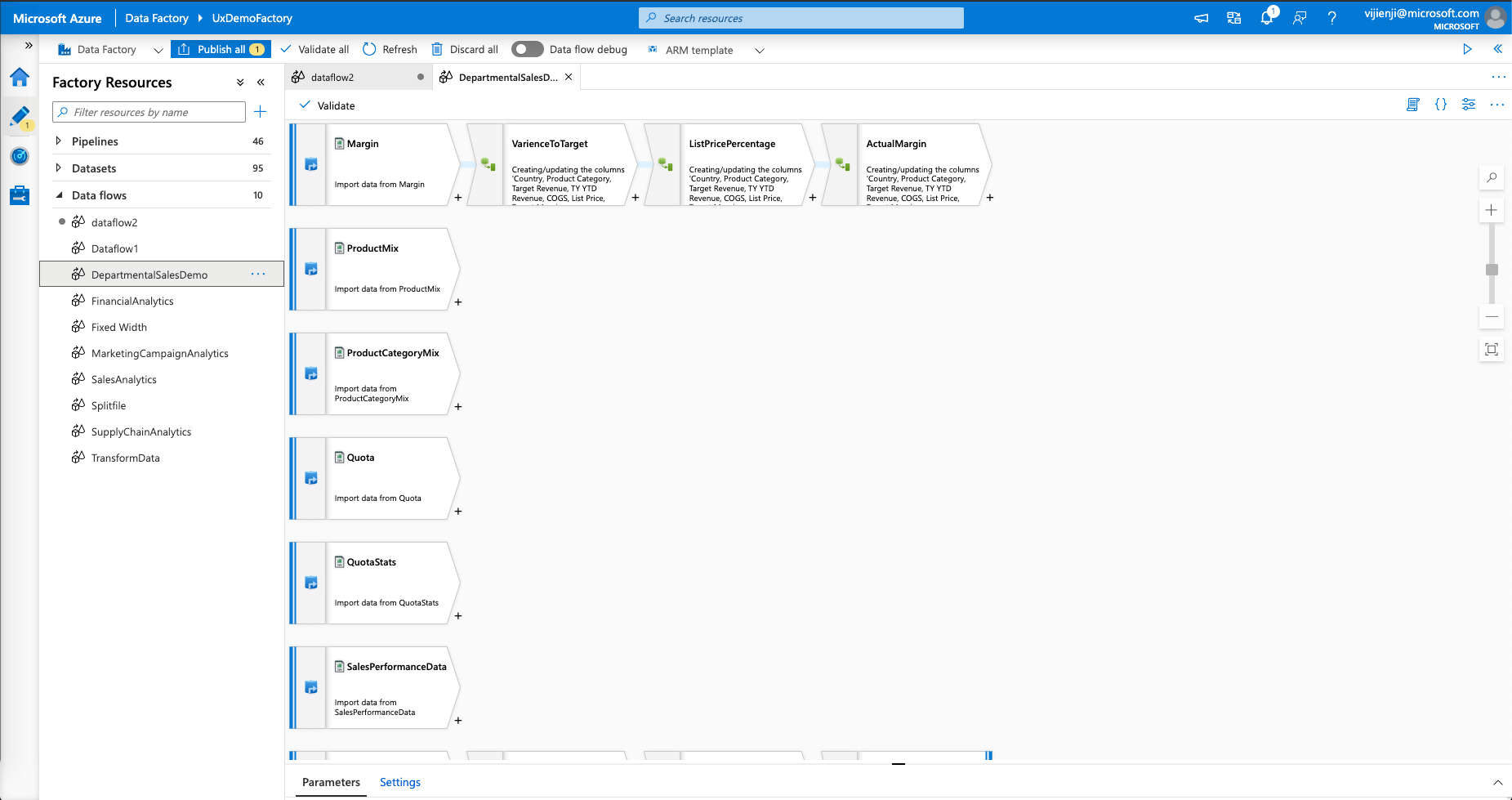A Cloud Strategy requires a Data Strategy

Succesful businesses exploit data, modernize with cloud and infuse AI into their workflows securely
IDC, estimates investments in “digital transformation” to touch $2.0 trillion in 2021 with cloud infrastructure taking the top growth slot at 29.4 % CAGR. While businesses are making huge investments in setting up cloud infrastructures, they have not yet developed well-rounded Cloud Strategy and Data Strategy to protect their investments.
Data is the driver of digital transformation and the foundation for businesses to drive smarter decisions. This transformation is facilitated by moving to the cloud to enable faster innovation, lower costs and unlock value of the data.
However, moving to the cloud introduces also more complexity which must not be underestimated while pursuing a multi-cloud data strategy. A cloud strategy should go hand in hand with modernizing the data. A modern data estate leverages the power of the cloud to ingest, process, store, serve and visualize structured and unstructured data from multiple different sources.
Modernizing your data estate means uniting data from across your entire enterprise, making it discoverable, trustworthy, understandable, and trackable. This allows to optimize it for the advanced analytics, machine learning, and AI that have transforms your business.

Getting your data in order
First of all, it is important to determine exactly what data you are dealing with; What is data is being created? Where is it stored? How is it used? Who access it, why and where? As complexity increases with the growth of multi-cloud environments, it is important to start mapping your data flows. With these data flows, the sensitivity and risks of the data can be determined so appropriate levels of security can be applied for compliancy. For example, Azure Data Factory can be used to orchestrate the end-to-end integration and collection of data from multiple sources.

Develop your multi-cloud data strategy
After establishing the right insight in your data flows, you can start laying out your multi-cloud data strategy with these 5 goals in mind:
* Build a single enterprise destination for high-quality, secure, trusted data.
* To connect data from disparate silos, creating opportunities to leverage that data in ways not possible in a siloed approach.
* To power responsible data democratization across the organization.
* To drive efficiency gains in the processes used to access and use data.
* To meet or exceed compliance and regulatory requirements without compromising the organization’s ability to create exceptional products and customer experiences.
An Enterprise Data Strategy, along with aligned technology and business goals, can significantly contribute to the core performance metrics of a business. The underlying principles of an Data Strategy comprise a multi-step framework, a well-designed strategy process, and a definitive plan of action. However, in reality, very few businesses today have their Data Strategy aligned with overall business- and cloud strategy goals.
If you would like to help you challenge your cloud & data strategy, please contact us.
Want to make your world a little smarter?
Get in contact with Christiaan Driessen and we will reach out to you.
Related Articles
Overstappen van VMware by Broadcom: noodzaak of kans?
30/10/2025
BPSOLUTIONS & Illumio: Samen voor Zero Trust Security
30/10/2025
Microsoft licenties veranderen: stap slim over en bespaar tot 13%
30/10/2025
Cyberaanval! Ben jij er klaar voor?
1/04/2025
Cybersecurity & Continuïteit: Isolated Recovery Environment as a Service
27/03/2025
Cybersecurity & Continuïteit: BaaS alleen is niet genoeg
25/03/2025
Cyberaanval? De impact is groter dan je denkt
23/03/2025








.png)



